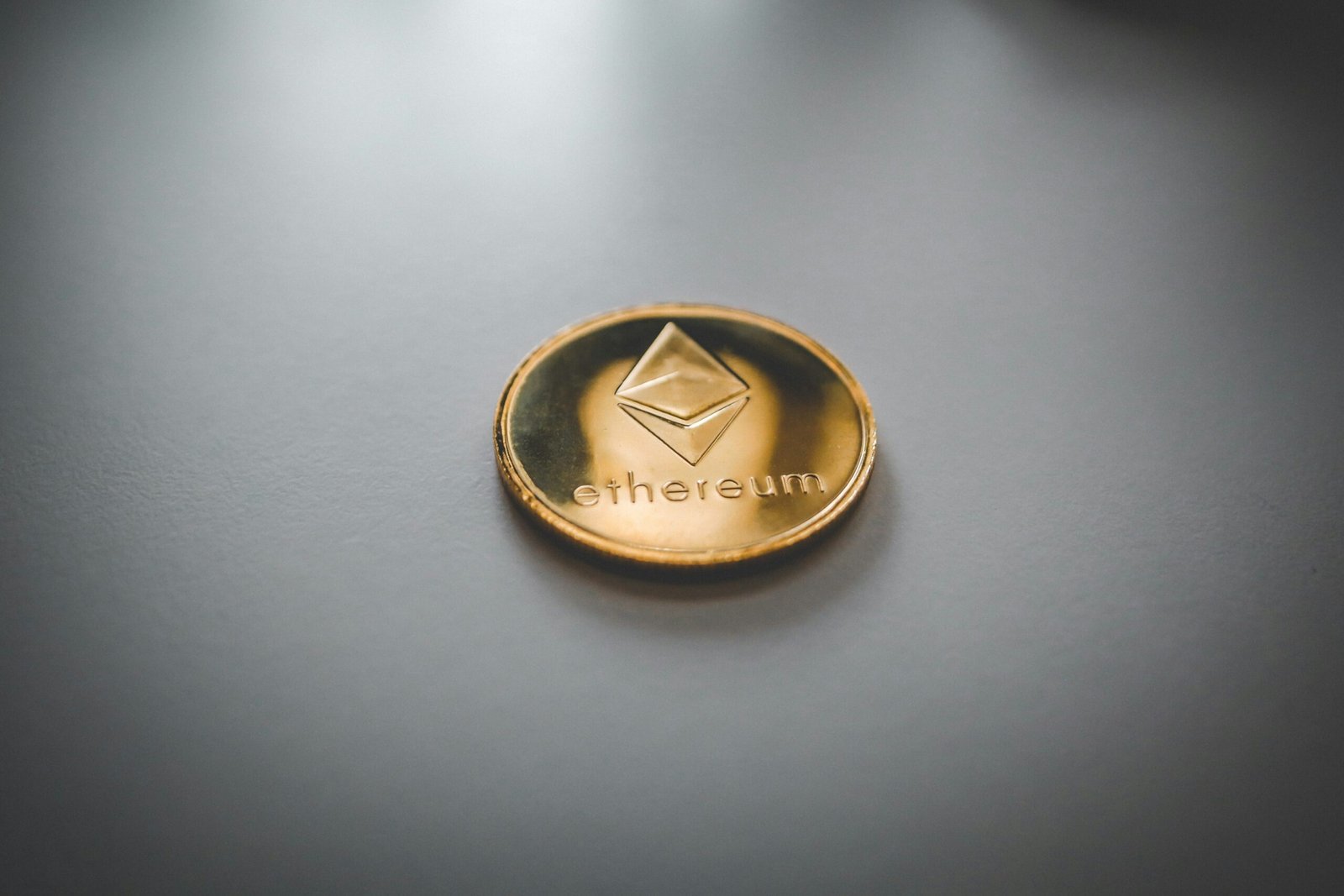The Europa League: A Comprehensive Guide to Europe’s Premier Club Competition
What is the Europa League?
The UEFA Europa League is a prestigious annual club football tournament organized by UEFA, representing the second tier of European competition. Initially established in 1971 as the UEFA Cup, the tournament underwent a significant rebranding in 2009, adopting its current name. This evolution marked a key moment in the history of European football, as it aimed to enhance the profile and experience of the tournament, allowing clubs that did not qualify for the UEFA Champions League an opportunity to compete on the continental stage.
The Europa League features clubs from various European leagues, creating a wide-reaching impact across the continent. The competition is structured into several phases, beginning with a qualification round, followed by a group stage, and culminating in knockout rounds. As of the 2022-2023 season, 32 teams participate in the group stage, playing home and away matches before the top teams progress to the knockout stages. This structure not only promotes competitive football but also allows clubs from lower-ranked leagues to showcase their talents against more established teams.
Beyond its structural elements, the Europa League plays a significant role in promoting competitive balance in European football. By allowing clubs from all over Europe to compete, it helps foster talent and provides opportunities for teams to earn qualification for higher-tier competitions, enhancing their financial and reputational status. Notable clubs such as Sevilla FC, who have won the tournament multiple times, demonstrate the competition’s capacity to elevate clubs to prominence.
The tournament also boasts a rich history, filled with memorable matches and legendary players. It has produced significant moments that highlight the drama and unpredictability of football. The Europa League continues to captivate fans, underpinning its importance as a vital component of the European football calendar.
How the Europa League Works: Format and Qualification
The Europa League, Europe’s second-tier club competition, has a structured format that ensures a thrilling and competitive experience for participating teams. The qualification process begins with clubs from various domestic leagues meeting specific criteria based on their league placements. Generally, clubs that finish just below the Champions League qualification spots in their leagues are granted entry into the tournament. Additionally, some teams may qualify through domestic cup victories, providentially earning them a spot in the Europa League.
The tournament is divided into different phases, starting with the qualifying rounds, followed by the group stage, and culminating in the knockout rounds. Initially, the qualifying rounds involve numerous clubs competing to secure a place in the group stage. The teams that successfully navigate these rounds join others that have received direct entry based on their prior achievements or league standings. This stage ensures a mix of clubs from various tiers and nations, enhancing the competition’s diversity.
Once in the group stage, 48 teams are split into 12 groups of four. Each team plays the others in their group twice—home and away—accumulating points based on match results. The top two teams from each group progress to the knockout rounds, where the tournament adopts a single-elimination format. Matches in this phase can be particularly tense, as teams vie for a place in the prestigious finals.
Understanding the rules governing match outcomes is crucial for teams aspiring to advance. In the event of a tie on aggregate scores during the knockout rounds, additional time is played, followed by a penalty shootout if necessary. Home and away factors add another layer of strategy, as clubs aim to secure favorable results in each match to leverage their home advantage in decisive fixtures.
In conclusion, the Europa League’s intricate format and qualification process play a vital role in determining the success of participating clubs. By navigating the tournament’s various stages and adhering to its regulations, teams stand a chance to achieve glory in one of Europe’s most coveted football competitions.
Memorable Moments and Key Players in Europa League History
The Europa League, known for its thrilling matches and unparalleled drama, has provided fans with numerous unforgettable moments since its inception. One such instance occurred during the 2009-2010 season when Atlético Madrid claimed victory against Fulham in a closely contested final. The match unfolded dramatically, with both teams vying for glory. It was Diego Forlán, Atlético’s prolific striker, who etched his name in history by scoring two crucial goals, ultimately leading his team to a 2-1 triumph. This final not only showcased Forlán’s exceptional talent but also solidified the tournament’s reputation for unexpected twists.
Another remarkable chapter in the Europa League’s history took place in 2014 when Sevilla found themselves on the brink of elimination against Valencia. In a pulsating semi-final, Sevilla turned the tables, coming back from a deficit with a brilliant display of resilience and skill. Kevin Gameiro’s decisive goals catapulted Sevilla to an exhilarating 3-0 win, paving the way for them to secure their third title that year. This match demonstrated the unpredictable nature of the competition and the ability of teams to rise to the occasion.
Moreover, some individual performances have left an indelible mark on the tournament. One standout is the legendary goalkeeper, Gianluigi Buffon, who delivered a series of remarkable saves for Parma during their successful campaigns in the late 1990s. His commanding presence between the posts not only inspired his teammates but also left opposing players in sheer disbelief. Such performances contribute to the lore of the Europa League, serving as benchmarks for excellence.
The Europa League has consistently brought together players from various leagues, allowing for cross-border rivalries and unforgettable encounters. For fans and casual viewers alike, these dramatic matches, astonishing comebacks, and outstanding players weave a rich tapestry of excitement and anticipation that defines the essence of this storied competition.
In conclusion, the Europa League’s history is punctuated with memorable moments and extraordinary talent that resonate with football enthusiasts around the world. The tournament’s capacity to produce thrilling narratives and showcase individual brilliance ensures its place as a premier club competition in European football.
The Future of the Europa League: Trends and Predictions
The Europa League, known for showcasing some of the best clubs in Europe outside of the elite ranks of the Champions League, is poised for significant transformations in the coming years. As we analyze current trends, one readily noticeable factor is the emergence of particular clubs that are increasingly challenging the traditional powerhouses. Teams that have historically underperformed on the European stage are now making notable strides, highlighting a shift in competitive balance. This trend could lead to more unpredictability in the tournament and greater excitement for fans as clubs like Villarreal and Eintracht Frankfurt have proven they can make deep runs.
Another critical aspect influencing the future of the Europa League is the ongoing changes in broadcasting rights, which are pivotal for revenue generation. As countries continue to embrace digital platforms for sports broadcasting, the way fans access matches will evolve. The potential for increased viewership through streaming services presents opportunities for clubs and the tournament alike. With these new revenue streams, clubs can invest more heavily in their squads, which will raise the overall quality of the competition.
Furthermore, adjustments to the tournament format may become necessary as the landscape of European football changes. The growing competitive nature of clubs from various leagues, along with the financial backing from wealthy owners, calls for a reevaluation of how the Europa League operates. This could lead to the introduction of new qualification criteria or streamlined knockout phases that enhance excitement while maintaining fairness.
Speculating on football dynamics, the increase in financial investments in clubs can further reshape the competition. As investors vie for a stake in promising teams, the financial power shifts could disrupt traditional hierarchies, resulting in a league distinct from the well-established power grid of European football.
Ultimately, the future of the Europa League looks dynamic, marked by evolving competition formats, broader media engagement, and potentially fierce matchups among a melange of clubs. By paying attention to these trends, enthusiasts can anticipate an ever-thriving tournament that not only celebrates football but also stays relevant in an increasingly competitive sport.









